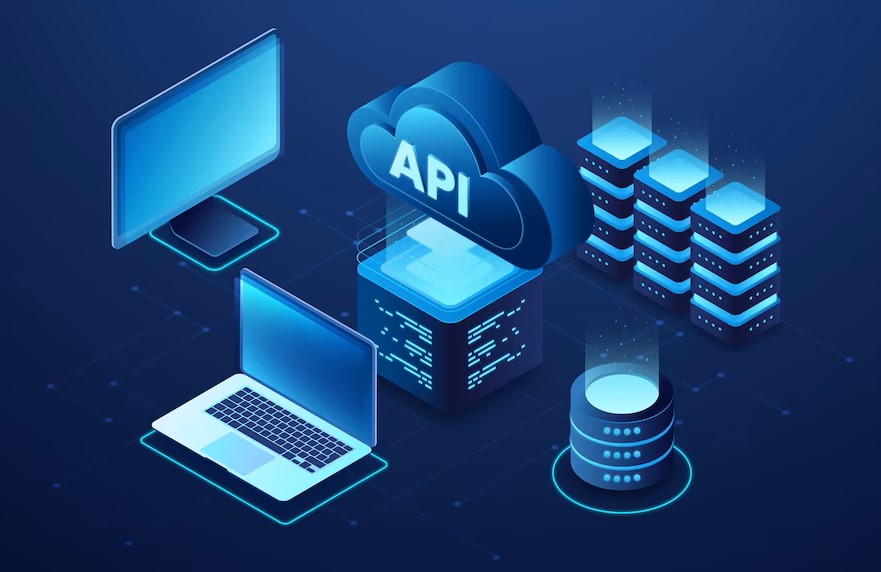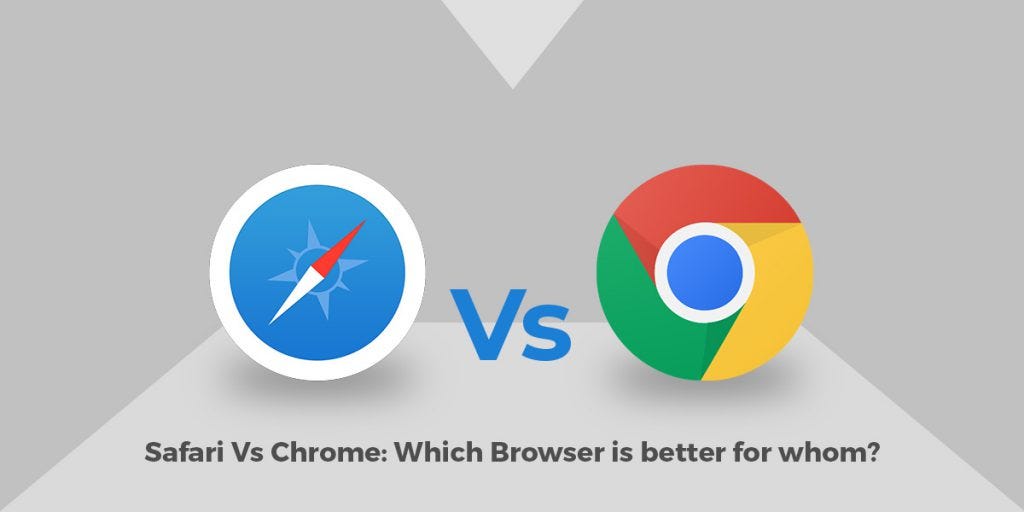Discover the vast array of APIs and open ports available for Salesforce integration. Learn about the various use cases and benefits of leveraging Salesforce APIs for seamless integration with other systems.
Are you looking to integrate Salesforce with other systems or applications? If so, you’re in luck! Salesforce provides a wide range of APIs (Application Programming Interfaces) and open ports that allow seamless integration with other software solutions, enabling businesses to streamline their processes and maximize their Salesforce investment. In this blog post, we will explore the total APIs available and open ports for Salesforce integration, including their use cases and benefits.
Introduction
Salesforce is a cloud-based customer relationship management (CRM) platform that helps businesses manage their sales, customer service, and marketing operations. It offers a wide range of tools and features designed to streamline business processes, improve customer engagement, and drive sales growth.
Use Cases for Salesforce Integration
Salesforce integration can be beneficial for businesses across various industries and use cases. Here are some common use cases for Salesforce integration:
- Data Synchronization: Integrating Salesforce with other systems allows for real-time or near real-time data synchronization. For example, you can integrate Salesforce with your marketing automation software to ensure that leads generated from marketing campaigns are automatically synced with Salesforce, providing your sales team with up-to-date information.
- Process Automation: Salesforce integration can automate repetitive tasks and streamline business processes. For instance, you can integrate Salesforce with your customer service software to automatically create cases in Salesforce when a customer submits a support request, reducing manual data entry and ensuring timely resolution of customer issues.
- Reporting and Analytics: Salesforce integration can enhance reporting and analytics capabilities by consolidating data from different systems. For example, you can integrate Salesforce with your accounting software to generate financial reports and insights on sales performance, revenue, and profitability.
- Enhanced Customer Experience: Salesforce integration can help businesses provide a seamless and personalized customer experience. For instance, you can integrate Salesforce with your e-commerce platform to automatically update customer records, track order history, and provide personalized product recommendations based on customer data in Salesforce.
Benefits of Salesforce Integration
Integrating Salesforce with other systems or applications can offer several benefits to businesses, including:
- Improved Efficiency: Salesforce integration eliminates the need for manual data entry and ensures that data is consistently updated across systems. This reduces data duplication, minimizes errors, and improves overall process efficiency.
- Enhanced Visibility: Salesforce integration provides a unified view of data from different systems, allowing businesses to gain insights and make data-driven decisions. This improves visibility into customer interactions, sales performance, and other key metrics, enabling businesses to optimize their operations.
- Increased Productivity: Salesforce integration automates repetitive tasks, freeing up sales and service teams to focus on more strategic activities. This increases productivity and enables teams to provide a higher level of service to customers.
- Accelerated Sales Cycles: Salesforce integration enables sales teams to access up-to-date customer data, helping them identify opportunities and close deals faster. This shortens the sales cycle and increases revenue generation.
Total APIs Available for Salesforce Integration
Salesforce provides a comprehensive set of APIs that allow developers to integrate Salesforce with other systems or applications. Here are some of the APIs available for Salesforce integration:
- SOAP API: The SOAP API allows developers to interact with Salesforce using the Simple Object Access Protocol (SOAP). It provides a WSDL (Web Service Description Language) that defines the Salesforce objects, fields, and operations that can be accessed.
- REST API: The REST API allows developers to interact with Salesforce using Representational State Transfer (REST) principles. It provides a lightweight and easy-to-use interface for accessing Salesforce data and metadata.
- Bulk API: The Bulk API allows developers to perform operations on large volumes of data in Salesforce. It is optimized for processing large data sets and provides batch processing for inserting, updating, upserting, deleting, and querying records in Salesforce.
- Streaming API: The Streaming API allows developers to receive real-time updates about changes in Salesforce data. It provides a push-based mechanism for receiving notifications when records are created, updated, deleted, or undeleted in Salesforce.
Unleashing the Power of React JS: A Comprehensive Guide to Total APIs and Open Ports for Integration
Open Ports for Salesforce Integration
In addition to the APIs mentioned above, Salesforce also provides open ports that allow for integration with external systems. Here are some commonly used open ports for Salesforce integration:
- Outbound Messaging: Outbound Messaging is a feature in Salesforce that allows for real-time integration with external systems through SOAP-based web services. It enables Salesforce to send a predefined set of data to an external endpoint when a trigger event occurs in Salesforce, such as a record being created, updated, or deleted.
- Apex Callouts: Apex Callouts is a feature in Salesforce that allows for making HTTP requests to external systems from within Salesforce Apex code. It enables developers to send and receive data in XML, JSON, or other formats, and interact with external systems using REST, SOAP, or other protocols.
- Email Services: Salesforce Email Services is a feature that allows for integration with external systems through email. It enables Salesforce to receive incoming emails, parse the content, and trigger actions based on the email content, such as creating records, updating data, or triggering workflows.
- Lightning Web Components: Lightning Web Components is a modern UI framework in Salesforce that allows for building web components that can be used in external systems. These web components can be embedded in external web applications and can communicate with Salesforce using the Salesforce Lightning Message Service or other APIs.
Benefits of Open Ports for Salesforce Integration
Using open ports for Salesforce integration can offer additional benefits, including:
- Flexibility: Open ports provide flexibility in how Salesforce can communicate with external systems. It allows for different protocols, such as SOAP, REST, and email, to be used depending on the requirements of the integration.
- Real-time Integration: Open ports, such as Outbound Messaging and Apex Callouts, allow for real-time integration, enabling immediate actions to be triggered in external systems based on events in Salesforce. This enables businesses to respond quickly to changes in Salesforce data.
- Ease of Use: Open ports, such as Email Services and Lightning Web Components, provide simple and easy-to-use integration options that do not require complex coding or configuration. This makes it accessible to business users and administrators, enabling them to set up integrations without extensive technical expertise.
- Extensibility: Open ports provide extensibility options, allowing for custom logic and actions to be implemented in external systems based on data and events in Salesforce. This enables businesses to tailor their integrations to their specific requirements and processes.
Conclusion
Salesforce offers a wide range of APIs and open ports for seamless integration with external systems or applications. Salesforce integration can benefit businesses in various use cases, including data synchronization, process automation, reporting and analytics, and enhancing customer experience. The APIs, such as SOAP API, REST API, Bulk API, and Streaming API, provide robust options for integrating Salesforce with other systems. Additionally, the open ports, such as Outbound Messaging, Apex Callouts, Email Services, and Lightning Web Components, offer flexible, real-time, and user-friendly integration options. By leveraging these APIs and open ports, businesses can improve efficiency, visibility, productivity, and sales cycles, leading to enhanced overall performance and success in leveraging the power of Salesforce.











